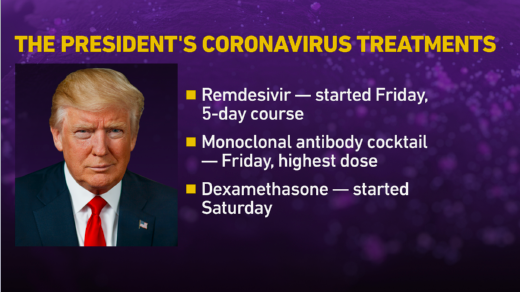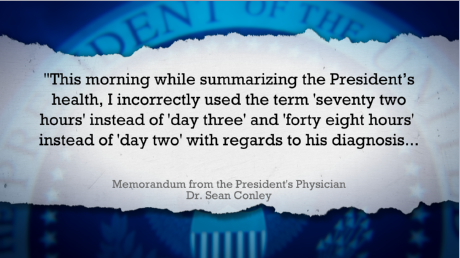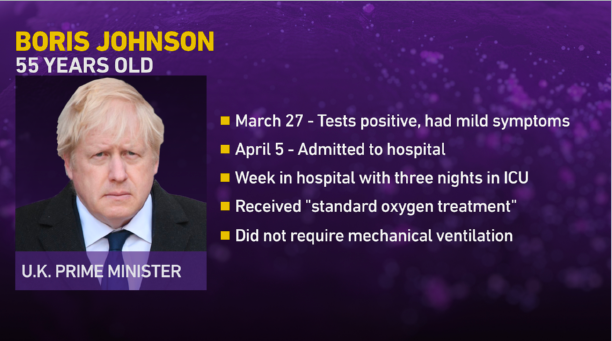
We’ve reached another sad milestone in this pandemic.
The US has surpassed a record of more than 60k Covid-19 hospitalizations for the 2nd consecutive day. (1/12)
The US has surpassed a record of more than 60k Covid-19 hospitalizations for the 2nd consecutive day. (1/12)
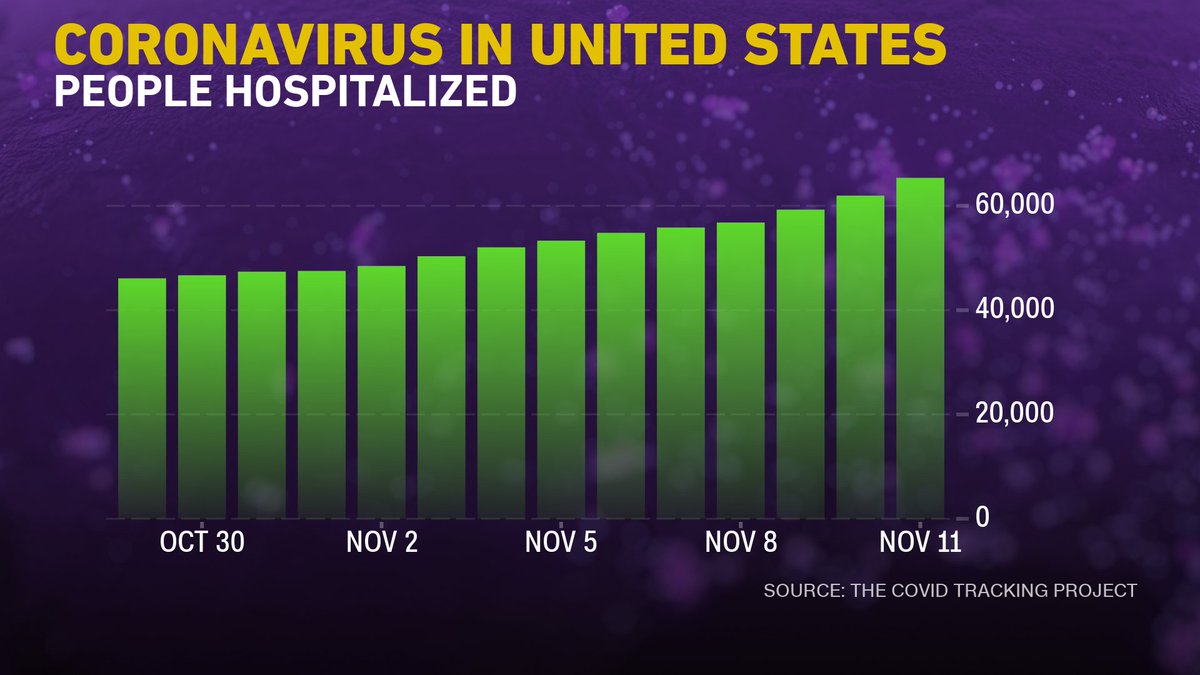
But there is some glimmer of hope - a smaller percentage of people are dying now from Covid-19 than in the spring. (2/12)
cnn.com/videos/health/…
cnn.com/videos/health/…
One study of the @nyulangone health system found that in the spring, 25.6% of hospitalized Covid-19 patients wound up dying. By the summer, that rate had dropped by more than 2/3rds to 7.6%. (3/12)
journalofhospitalmedicine.com/jhospmed/artic…
journalofhospitalmedicine.com/jhospmed/artic…
In England, the fatality rate was around 6% in June. By mid-August it fell to 1.5%. (4/12)
cebm.net/covid-19/covid…
cebm.net/covid-19/covid…
Keep in mind, this measure isn’t perfect. It’s the # of deaths divided by the # of confirmed cases. At the beginning of the pandemic, the # of confirmed cases was lower because we weren’t testing as much. So death rates in the spring may have been artificially high. (5/12)
Even after accounting for that difference, it is still clear that death rates are significantly lower now. But, why? (6/12) 
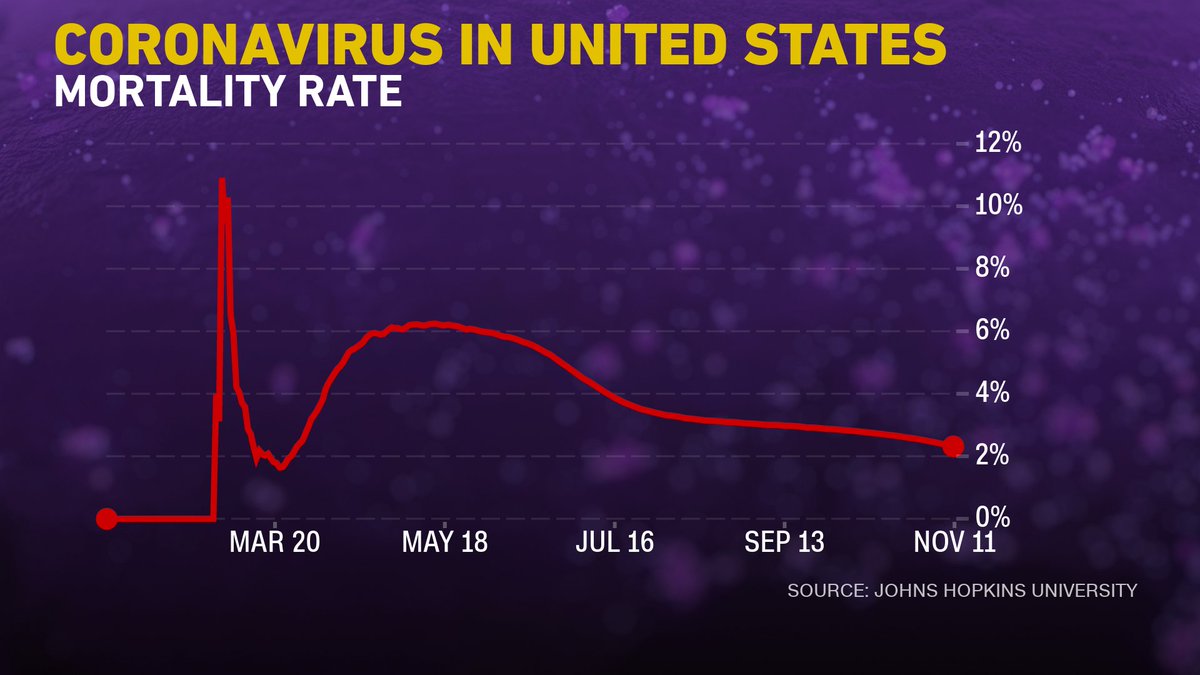
Part of this is because we’re seeing a drop in the average age of patients -- younger patients are more likely to have less severe disease. Today the #CDC notes more than half of new cases are in people who are under 50. (7/12)
covid.cdc.gov/covid-data-tra…
covid.cdc.gov/covid-data-tra…
But it is also because we are now better at treating Covid-19. In the spring, one doctor described his only tools as a ventilator and a patient's own immune system. But as we learned more about this disease, it turned out that ventilators weren’t always the answer (8/12)
With Covid-19 the lungs fill up with mucus. Too much oxygen pushed into the lungs can damage already delicate lung tissue - causing leaks, swelling & other damage. Instead, doctors positioned patients on their stomachs or sides - known as proning. (9/12)
cnn.com/2020/04/14/hea…
cnn.com/2020/04/14/hea…
We also developed better tools to deal with this new disease - drugs like remdesivir, monoclonal antibody treatments, blood thinners, and steroids are now all used as treatments for patients infected with Covid-19. (10/12)
cnn.com/videos/health/…
cnn.com/videos/health/…
This is good news but as the number of newly infected people continues to grow, significant deaths will sadly follow, even at a lower death rate. (11/12)
According to @IHME_UW we could lose 2,250+ people a day by mid Jan. The advanced treatments can help treat, but the old, ancient measures can prevent it in the first place. #WearAMask #BeKind (12/12)
• • •
Missing some Tweet in this thread? You can try to
force a refresh

